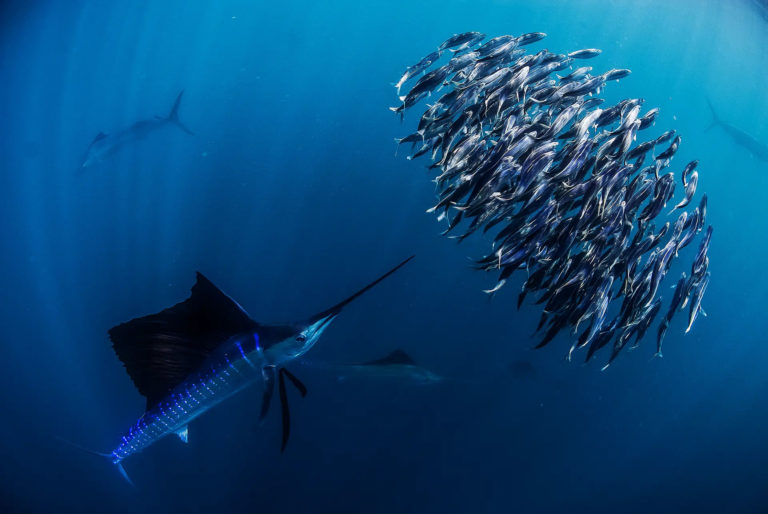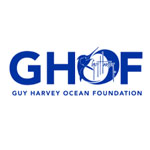
Trends and variability in local abundances of sailfish in Pacific waters of Costa Rica:
Controls and effects on recreational fisheries
Fishing tourism represents a vital industry in Costa Rica, generating over US$520 million and attracting 150,000 tourists every year. The main objective of this study is to examine trends and variability in local abundances of sailfish Istiophorus platypterus, the main sportfish in Pacific waters of Costa Rica, and quantify the influence of environmental and anthropogenic factors. We compiled and analyzed sailfish information collected from sportfishing operations. Sailfish abundances were examined in relation to environmental conditions and commercial fishing.

Marina Marrari
Dr. Marina Marrari - Director, FECOP
Download the Complete Study by Dr. Marina Marrari
Analysis of the four independent timeseries of annual mean sailfish abundance estimated from sportfishing operations for peak season,, showed that, although there is interannual variability, the abundance of sailfish has decreased over the last decade along the southern and central Pacific coast of Costa Rica (Figure 2). For the southern Pacific, the negative linear trend represents an average decrease in the peak season mean abundance of sailfish (January-April) of 70.56% since 2011 (Figure 2A), whereas in the central Pacific average decreases were 88.26% (Figure 2B and 42.04% (Figure 2C) for charter operations, and 46.41% for tournament releases (Figure 2D). Even when data have different formats, spatial and temporal coverage and sampling frequency, there is correlation between areas (Table 2) and consistency in the trends and variability observed, suggesting that the processes that control the abundance of sailfish in the area are not localized and impact a broader area, and that the data collected from different sources are consistent and representing well sailfish abundances.








